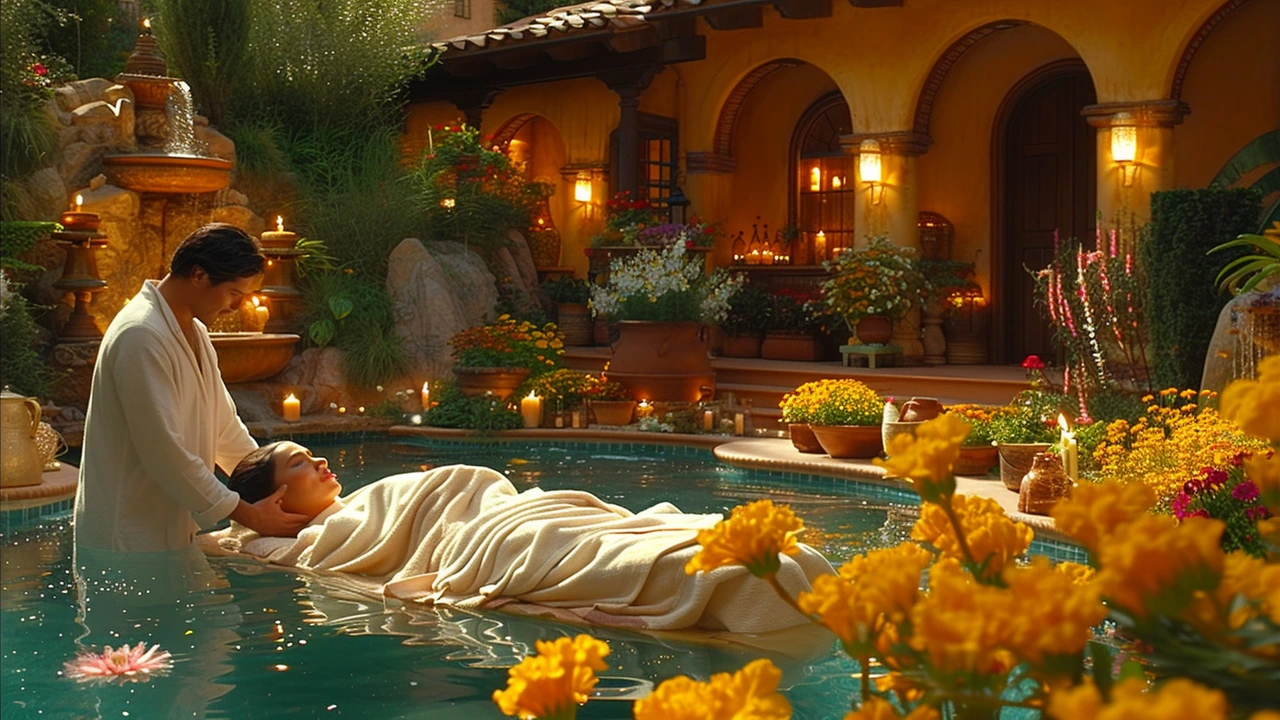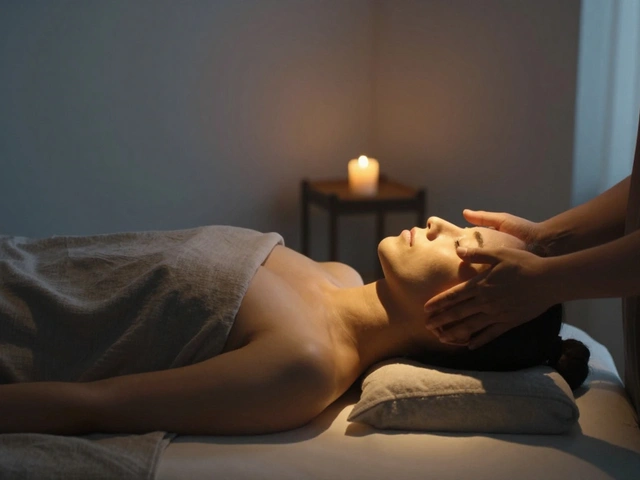Traditional Indian Therapies: Ayurveda, Abhyanga & Amma Massage
Here’s a quick, useful fact: many traditional Indian therapies focus on balancing the body with oil, heat, and targeted touch. If you want real, practical benefits—less pain, better sleep, and reduced stress—these methods are worth trying. They’re not magical, but they often deliver steady, gentle results when done right.
What these therapies include
Ayurveda is the umbrella term. Common treatments you’ll see at a spa or clinic include abhyanga (full-body warm oil massage), shirodhara (steady oil flow on the forehead), panchakarma cleanses, marma point work (like Indian acupressure), and pinda sweda (herbal poultice massage). Amma massage is a related tradition that emphasizes rhythmic compressions and stretches. Each technique has a clear goal: reduce tension, improve circulation, support digestion, or calm the nervous system.
People often try abhyanga for daily relaxation or chronic stiffness, shirodhara for sleep and anxiety, and panchakarma when they want a deeper reset. Small clinical studies and patient reports show these treatments can ease joint pain, lower stress hormones, and improve sleep—especially when combined with simple lifestyle changes like diet and rest.
What to expect in a session
Sessions typically run 45–90 minutes. You’ll meet the therapist briefly to review health issues, allergies, and medications. Abhyanga uses warm herbal oil applied with flowing strokes; expect oil, gentle pressure, and a relaxed pace. Panchakarma involves several steps—preparation, therapy, and post-care—and usually requires multiple visits. Therapists often suggest avoiding heavy activity and alcohol for 24–48 hours after deeper treatments.
Be honest about pain, skin sensitivities, or pregnancy. If you have fever, open wounds, uncontrolled blood pressure, deep vein thrombosis, or recent major surgery, skip the therapy until cleared by your doctor.
Simple signs of a good session: you feel relaxed but not sore, the therapist adjusts pressure on request, and they explain aftercare. If you feel unusually tired or dizzy afterward, rest and hydrate—those are common short-term reactions as your body shifts.
How to pick the right therapist
Look for training in Ayurveda or a recognized local school. Ask about experience with the specific therapy you want (Abhyanga vs. Panchakarma vs. Amma). Check reviews and ask how they handle allergies and oil choices. A good therapist will ask about medications, chronic conditions, and recent treatments before starting.
Practical tips before you go: wear loose clothes, avoid heavy meals right before the session, and bring a list of any meds. After an oil massage, wait 20–60 minutes before showering so the herbs can sink in. Drink warm water and rest—your body needs time to absorb the effects.
If you’re curious, try one short session first. That gives you a feel for the method and the practitioner without committing to a full course. Traditional Indian therapies often work best when repeated and combined with small lifestyle shifts—simple things like better sleep, gentle movement, and mindful eating make the benefits stick.

The Healing Art of Ayurvedic Massage: A Complete Guide
Hi there, I'm passionate about sharing traditional healing methods with you, particularly ones that have withstood the test of time. Today, let's discuss a gem from the Indian subcontinent - Ayurvedic massage. This is a comprehensive guide that unpacks the healing power of this age-old practice, the unique techniques involved and how it can bring balance and wellness to your life. I believe it's about time we give our bodies the care they deserve. Get ready to dive into the impressive world of Ayurvedic massage.
Categories
- Health and Wellness (148)
- Alternative Therapies (86)
- Massage Therapy (40)
- Travel and Culture (15)
- Beauty and Skincare (9)
- Holistic Health (8)
- Health and Fitness (5)
- Spirituality (5)
- Other (2)
- Personal Development (2)
Popular Articles



